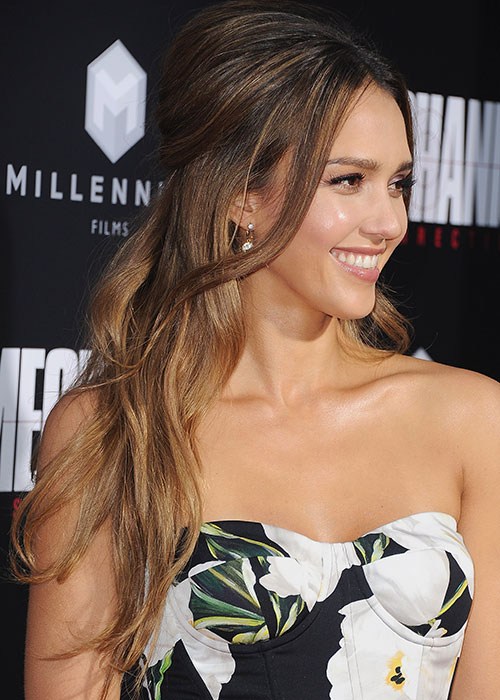We’ve been using the term balayage incorrectly this whole time
If you’ve ever sat down in your hairdresser's chair and asked for your hair to be balayaged like a celebrity or a picture you came across on Instagram, you, my friend, have sadly been using the term incorrectly (but it turns out most of us have, so don’t feel too bad).
“Balayage is a free-hand application. You’re [or your hairdresser is] usually using just the bleach onto the hair and you’re painting freestyle. So it’s a technique, it’s not a look,” says Denis De Souza, JOICO’s celebrity colourist and the man behind the hair colours of Olivia Wilde, Mila Kunis, and Lily Collins (and, fun fact: he was the man behind Rachel Bilson's ombre colour way back when, making him one of the very first to use the balayage technique).
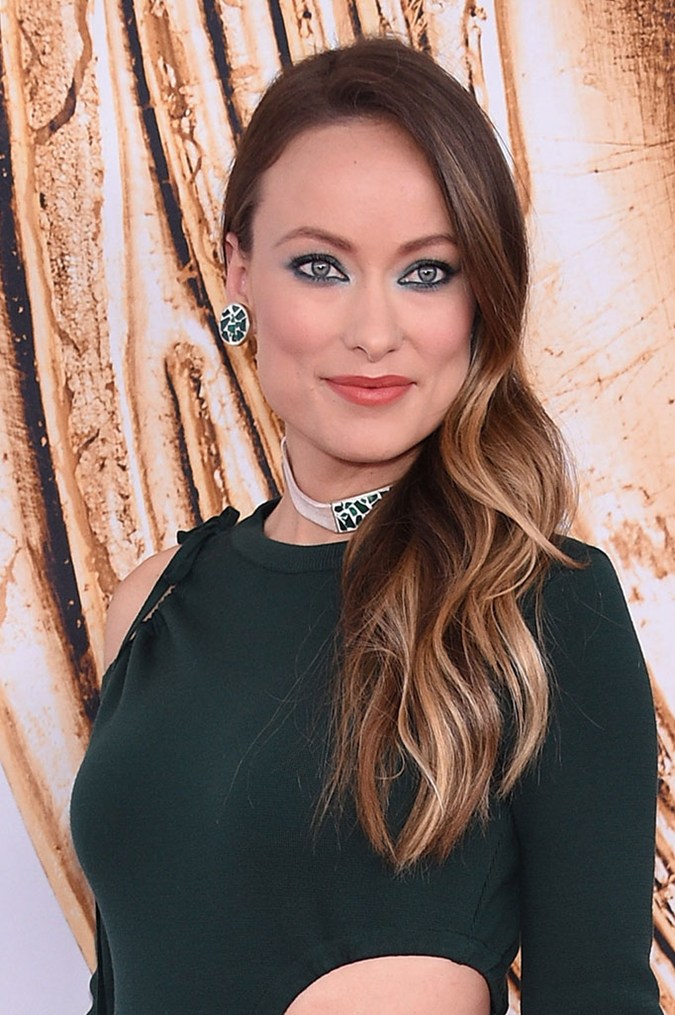
Olivia Wilde
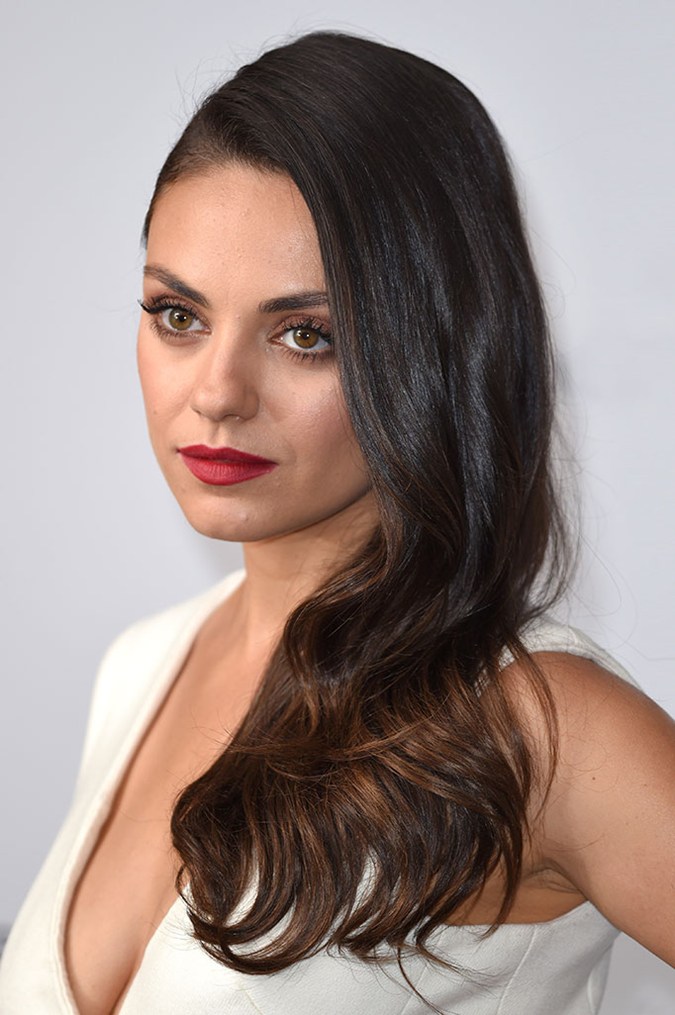
Mila Kunis
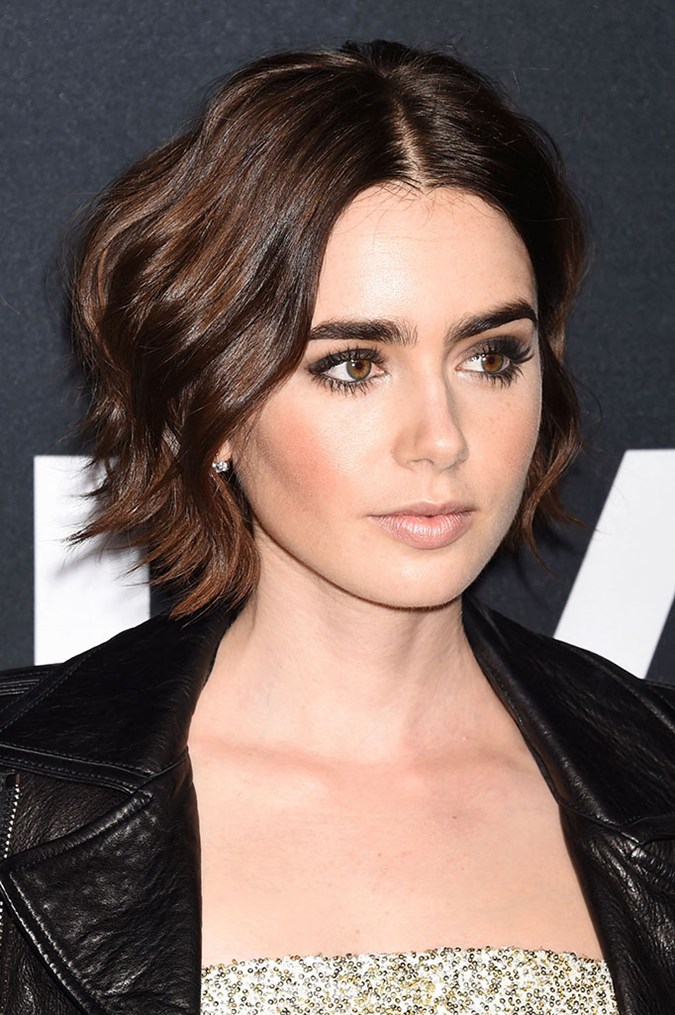
Lily Collins
Once we established that balayage isn’t a look to recreate but rather a technique for achieving a certain finish, we asked De Souza to explain what some of the other hair colouring terms we often hear meant, and here’s a handy guide to help clear any confusion you may have.
Balayage
As mentioned, balayage is a free-hand bleaching or colouring technique that’s used from the mid-lengths down. “There aren’t many highlights up the top – you’re focusing more towards the bottom of the hair, so it gets thicker towards the end,” says De Souza. A bit of a revolutionary technique, the introduction of balayage helped "brunettes go lighter without looking blonde. So you could still have your natural colour with a sunkissed finish."
Foilyage
This hair colouring technique isn’t too different from balayage, but instead of letting the bleached hair mix with unbleached hair, foils are thrown into the mix to keep the two sections separate.
“With foilyage, you put a foil under your hair, saturate the bottom, and close the foil so that it’s not touching [the other hair]. But before you do that, you can tease the hair – when you tease, the hair separates and it blends better, so you don’t have that harsh line across So when your hair falls, some bits are highlighted some of them are not and they just blend in together,” says De Souza.
Babylights
A look created using foils and some expert weaving with a tail comb, babylights aim to give your hair a subtle faded colour.
De Souza explains that achieving the look involves “tonnes of very fine highlights and weaving – when you weave, you get a little bit of hair each time, and that blends into your natural colour. So it is just supposed to lighten up a couple of shades and it’s supposed to give you that look of when you were a kid and your hair was a little lighter naturally.”

Gigi Hadid
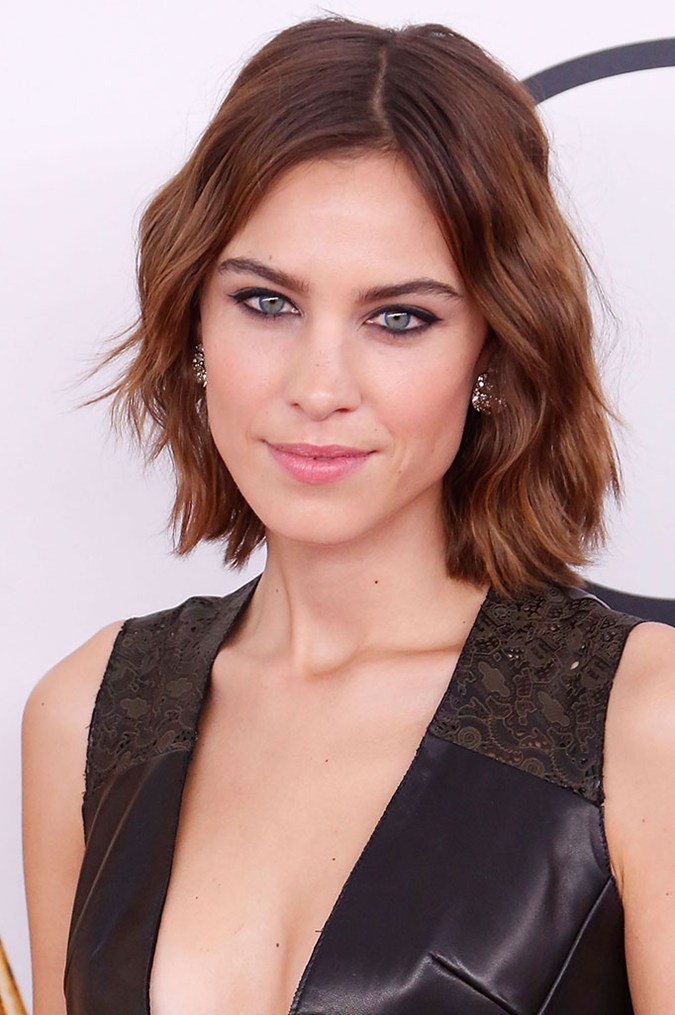
Alexa Chung

Gisele Bündchen
Ombre
Ombre is the look you achieve from a balayage or foilyage technique, where the colour graduates from dark at your crown, to light at the bottom. When this look first came out, the trend was less about subtlety and you'd often see harsh lines and a stark contrast, and De Souza says women are now opting for a more subtle finish instead (but using the same colouring technique).
Sombre
Sombre is the updated version of ombre (it stands for subtle ombre), again created by a balayage or foilyage technique, where weaving or teasing hair and starting the highlighters higher up is key to keeping the end result natural.
“People will look at you and say, ‘Wow there’s something different about you!’ but they can’t pinpoint it because it’s so natural. But people notice that there’s something lighter, like it warms up your face and it just softens everything,” says De Souza.
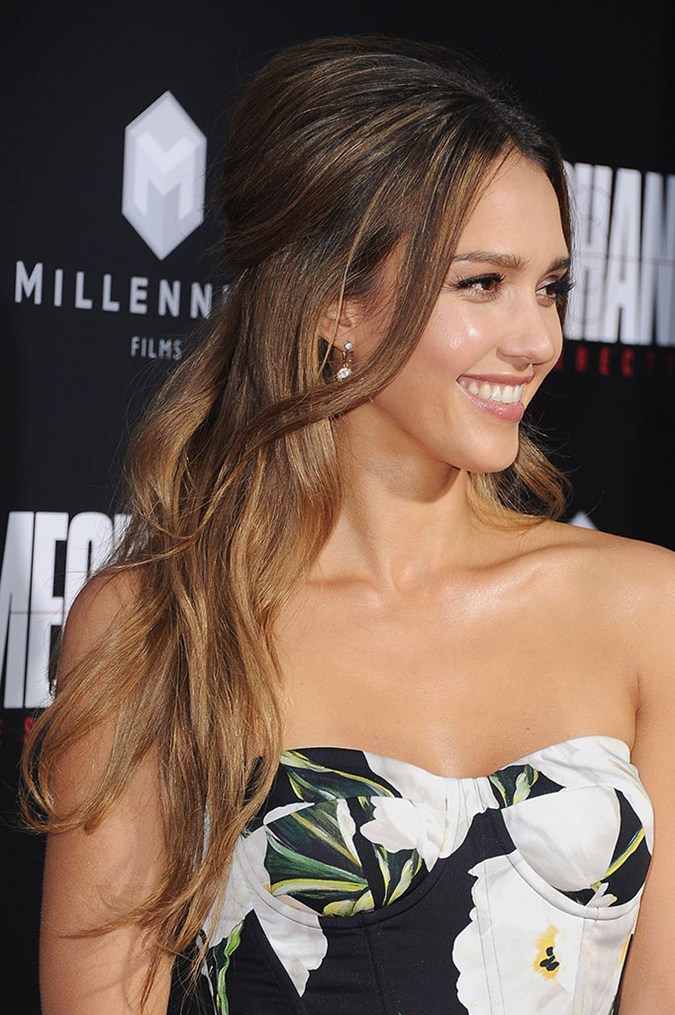
Jessica Alba
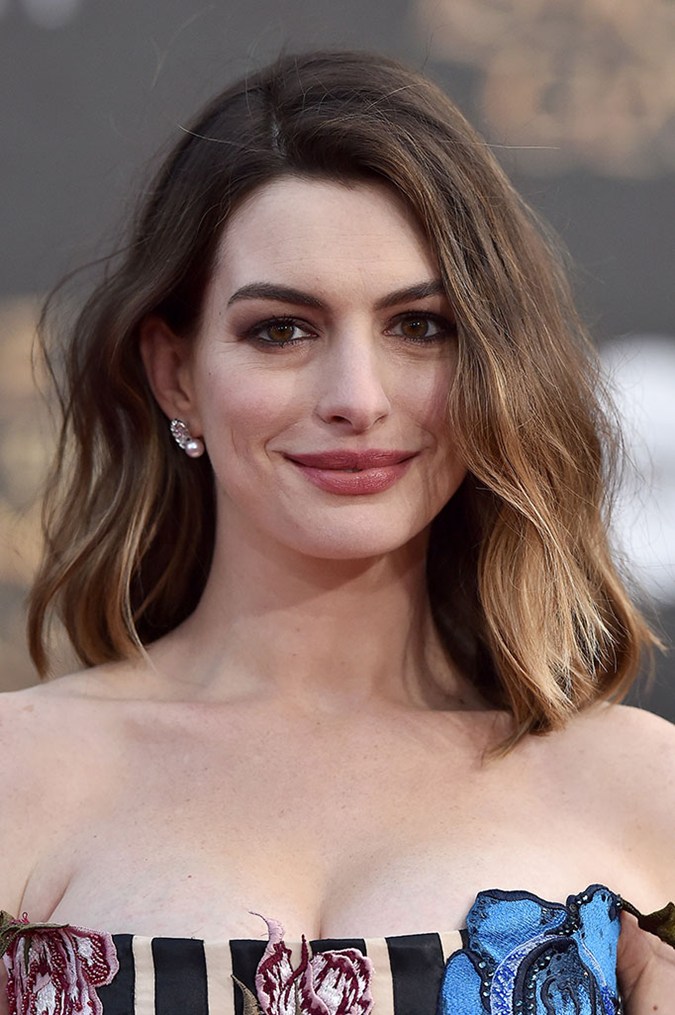
Anne Hathaway
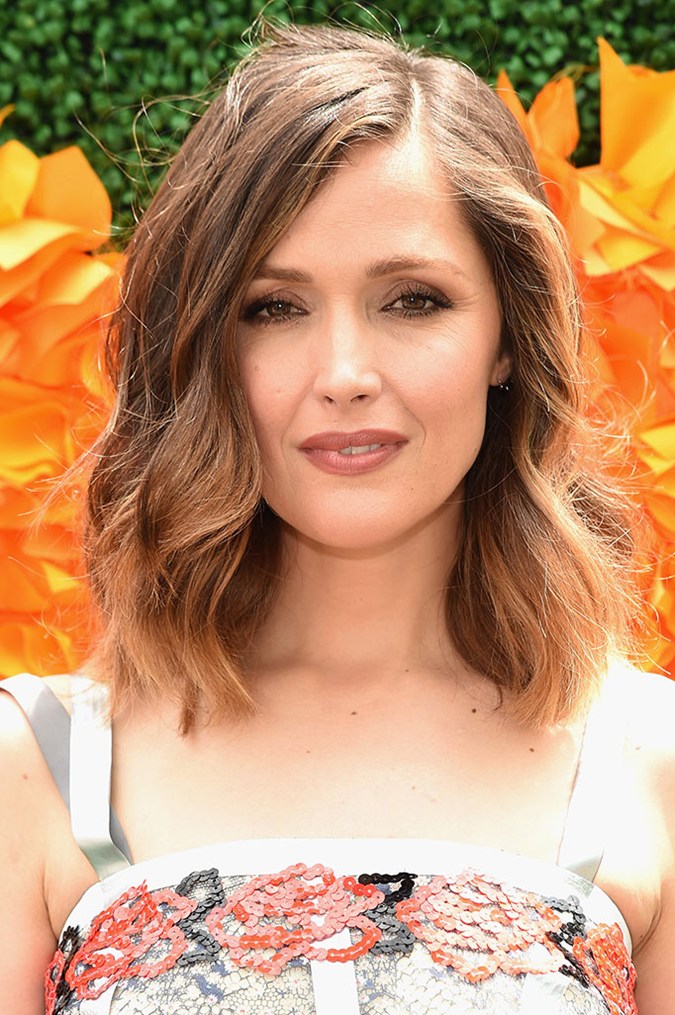
Rose Byrne
Image credits: Getty

Carli was BEAUTYcrew’s Editor from launch in 2016 until May 2020. You can find her words right here on BEAUTYcrew, and previously on beautyheaven.



